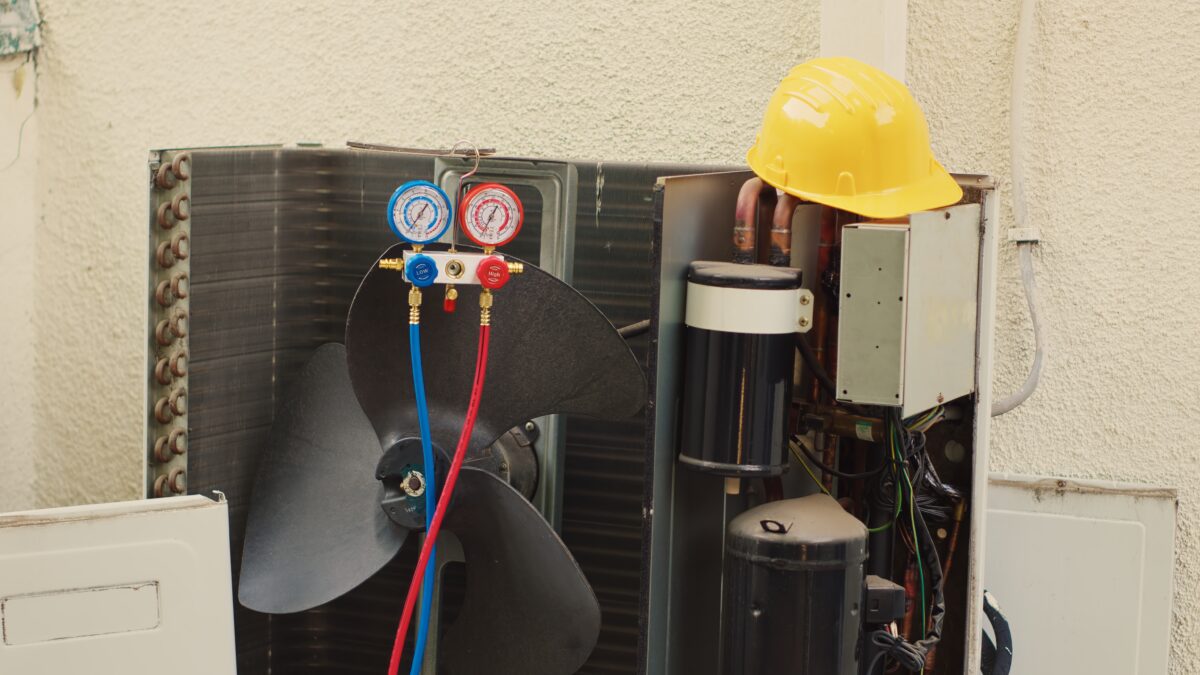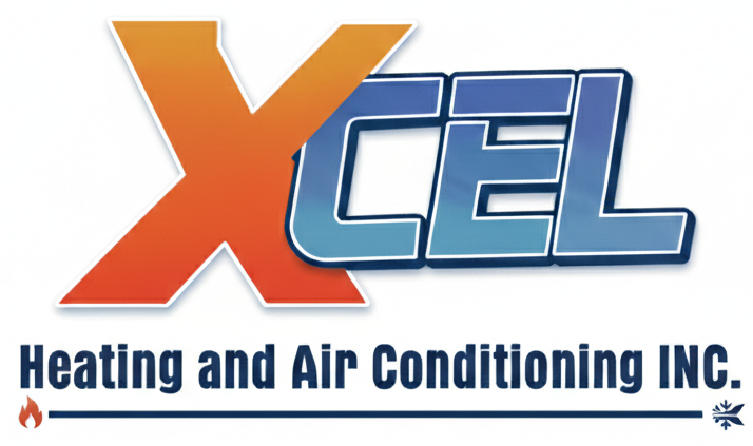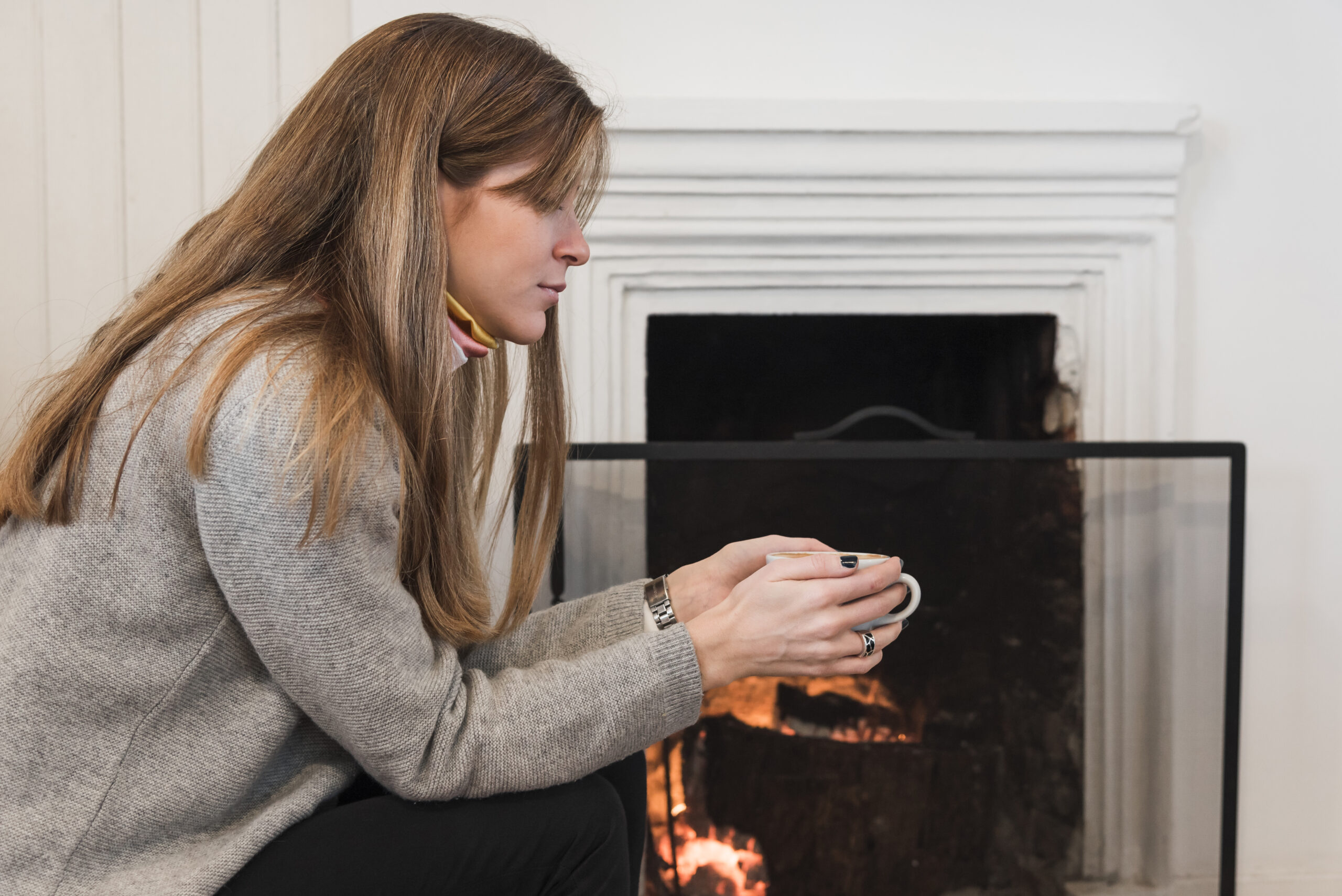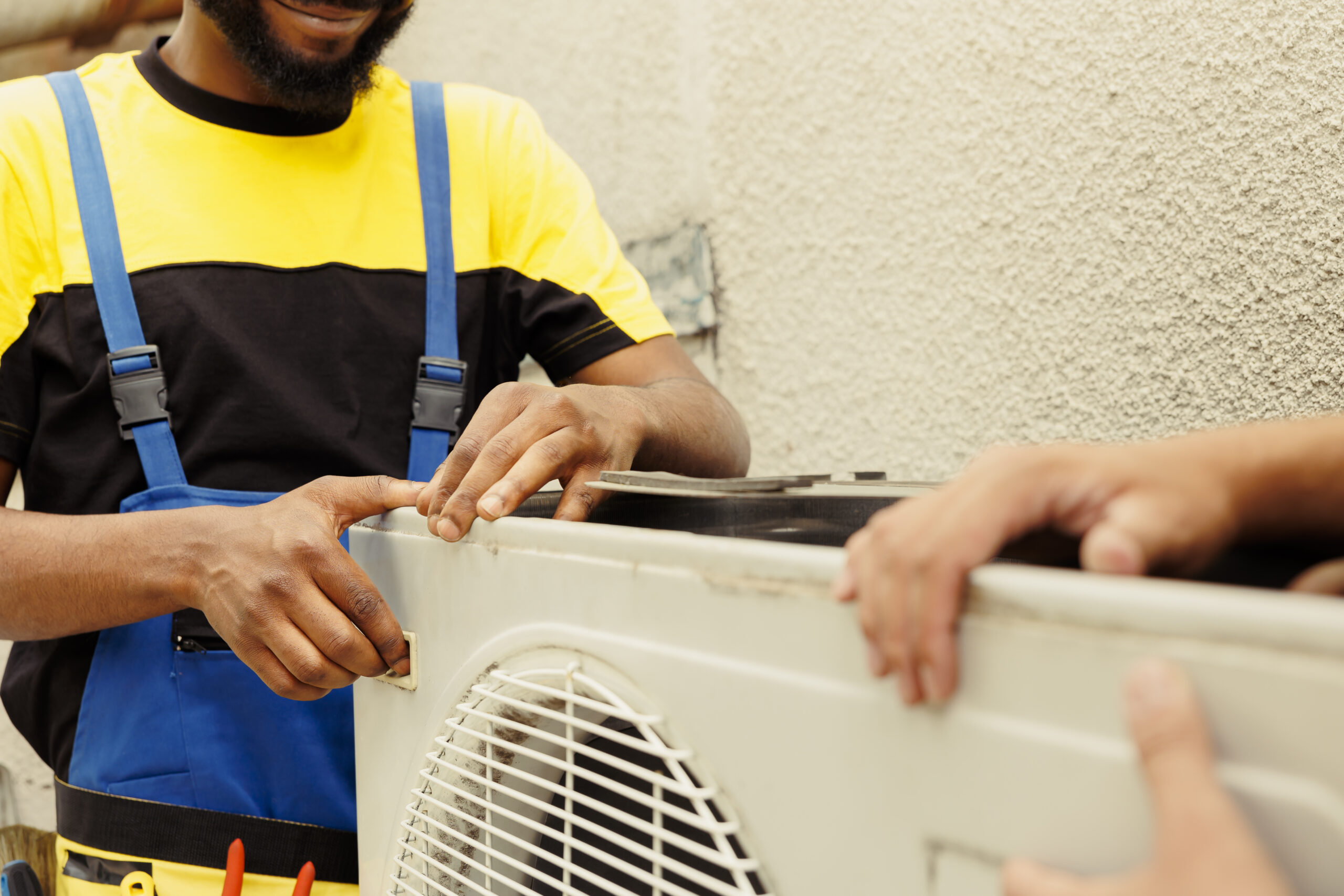Clayton Heating Installation Guide: What Homeowners Should Know Before Upgrading 2025
Clayton’s winter nights can be damp and chilly, and when the temperature dips, you feel every draft. If your current system is noisy, uneven, or constantly in need of repairs, it may be time to plan a heating installation Clayton homeowners can count on. A smart upgrade is more than swapping a box in the garage—it’s a whole-home strategy that balances equipment, airflow, controls, and efficiency so your rooms feel steady and your bills stay predictable. This guide walks you through the decisions that matter, from choosing the right system to what actually happens on install day, with local context for Contra Costa County homes.
How to Tell It’s Time to Replace
Before you book a heating installation Clayton appointment, confirm the warning signs. Rising PG&E bills with the same usage often point to a tired furnace or heat pump. Frequent service calls, loud starts, short cycling, or rooms that never quite warm up are more clues. If your furnace is 12–15 years old—or your heat pump is past 10—efficiency has usually slipped.
You might also notice a yellow burner flame, soot, or a faint metallic smell from the vents; those can signal safety concerns that merit a replacement discussion. The goal is not to wait for a breakdown, but to upgrade on your schedule, not the weather’s.
Choosing the Right System for Clayton Homes
Every house is different. A reliable heating installation Clayton plan starts with the equipment type that fits your layout and lifestyle:
-
- High-efficiency gas furnace (95–98% AFUE): Great for fast, powerful heat and steady temperatures during damp cold snaps.
-
- Heat pump (inverter/variable speed): Excellent for our mild winters and a two-in-one solution for heating and cooling.
-
- Hybrid system (heat pump + gas furnace): Uses the heat pump most days and the furnace only on the coldest nights for optimal cost control.
If you’ve been using space heaters to “fix” one stubborn room, consider pairing the central system with a ductless head in that area. It’s a targeted solution that reduces load on the main equipment and smooths out comfort.
[Learn More About Our Heating Services]
Sizing Isn’t Guesswork—It’s a Load Calculation
A properly sized system is the heart of a successful heating installation Clayton project. Oversized units blast heat, shut off, then repeat—wasting energy and creating hot/cold swings. Undersized systems run endlessly and still leave you chilled.
Your installer should perform a Manual J load calculation that considers square footage, insulation, window orientation, air leakage, and occupancy. Expect them to ask about recent window or insulation upgrades; those can change the calculation and allow a smaller, more efficient unit.
Ductwork and Airflow: The Hidden Foundation
Many comfort complaints trace back to ducts, not the furnace. Leaky or undersized ducts starve rooms of airflow and force longer run times. During a heating installation Clayton visit, a good crew will measure static pressure, inspect trunk sizes, and seal accessible leaks with mastic (not cloth tape).
Balancing dampers can be set so bedrooms, living areas, and the home office each get the flow they need. Think of this as widening the lanes on a freeway—when air moves freely, everything works better with less energy.
Efficiency Features That Make a Daily Difference
Modern systems do more than turn on and off. Look for:
-
- Variable-speed blowers: Smooth, quiet airflow and better humidity control.
-
- Multi-stage or modulating heat: Gentle heat on mild days, more power only when needed.
-
- Sealed combustion: Draws combustion air from outside for safety and efficiency.
-
- Smart thermostat integration: Lets you schedule, monitor, and fine-tune remotely.
Bundled together in a heating installation Clayton upgrade, these features deliver even temperatures without the energy spikes older equipment needed.
[Book Your Heating Installation Clayton Upgrade Today]
Indoor Air Quality Upgrades to Consider at Install
Installation day is the perfect time to add a few pieces that keep air cleaner and equipment healthier: a high-MERV media filter cabinet (4–5″), a whole-home air purifier, and a fresh condensate drain with a cleanout. If your home battles winter dryness, a bypass or steam humidifier can make heat feel warmer at a lower setpoint.
These add-ons pair naturally with furnace installation Clayton projects and help protect the new system.
What Happens on Installation Day
A professional heating installation Clayton process is organized and tidy:
-
- Protect & prep: Drop cloths down, power and gas shut off, old unit safely removed.
-
- Duct & line work: Leaks sealed, transitions fitted, venting updated to code.
-
- Set & connect: New furnace or air handler leveled, gas/electrical connected, condensate routed.
-
- Start-up & calibrate: Gas pressure, temperature rise, airflow, and safety controls verified.
-
- Thermostat & app: Thermostat configured, schedules set, and app connected.
-
- Walkthrough: You review filter access, maintenance intervals, warranty, and rebates.
Most single-system installs finish in a day; add time if significant duct repairs are needed.
What It Costs—and Why Total Cost Beats Sticker Price
Upfront price varies by system type, efficiency, duct scope, and any IAQ upgrades. The long-term math often favors high-efficiency gear: lower utility bills, fewer repairs, better warranties, and higher resale value.
Many heating installation Clayton projects qualify for PG&E rebates, federal credits, and occasional manufacturer promotions, which can trim hundreds or more off the total. Ask for an apples-to-apples comparison that shows lifetime operating costs, not just the invoice number.
After the Install: Protecting Your Investment
A new system deserves a simple care plan. Replace filters every 1–3 months, keep the area around the furnace clear, and schedule seasonal tune-ups (fall for heating, spring for cooling).
Those visits include coil cleaning, combustion checks, electrical testing, and thermostat calibration—small things that keep efficiency high and prevent surprise failures. If you prefer hands-off scheduling, ask about a maintenance plan; pairing maintenance with your heating installation Clayton helps the system run like new for years.
Local Story: From Cold Bedrooms to Even Heat
A family near Oakhurst Country Club lived with uneven temperatures—warm living room, cold bedrooms, and a furnace that roared on and off. We performed a Manual J, replaced an oversized 80% unit with a right-sized 96% AFUE furnace, sealed visible duct leaks, and added a media filter cabinet.
We also installed a smart thermostat with gentle setbacks. The house now warms quietly and evenly, the kids’ rooms hold temperature overnight, and winter bills dropped noticeably. It’s a textbook example of how a thoughtful furnace installation Clayton solves multiple problems at once.
FAQs
How long does installation take?
Most single-system heating installation Clayton jobs finish in one day; significant duct fixes or add-ons may extend to a second day. Crews also handle permits and proper disposal to keep the process smooth.
Do I need to replace my ducts too?
Not always. If ducts are sound, sealing and balancing may be enough. If they’re undersized or damaged, targeted replacements can unlock the new system’s performance and prevent wasted energy.
Is a heat pump efficient enough for Clayton?
Yes. Our mild winter climate is ideal for inverter heat pumps. Many homeowners near Clayton Valley neighborhoods choose a heat pump or a hybrid (heat pump + furnace) for best year-round value.
Will a high-efficiency furnace really lower bills?
In most cases, yes. Moving from an older 70–80% unit to 95–98% AFUE, plus duct sealing and smart controls, typically trims winter energy use substantially and stabilizes monthly PG&E bills.
What size system do I need?
We’ll calculate it—no guessing. A Manual J load looks at insulation, windows, orientation, and leakage so your heating installation Clayton is sized right and avoids future comfort issues.
Are rebates and credits available now?
Often. Many projects qualify for PG&E incentives, federal tax credits, and manufacturer promotions. We’ll help with the paperwork so you don’t leave money on the table.
How loud will the new system be?
Variable-speed blowers and better cabinet insulation make modern systems notably quieter than older units—more of a gentle whoosh than a blast, even during colder nights.
Make the Upgrade with Confidence
When you’re ready to replace a tired heater—or plan a first-time system—choose an installation that’s sized, sealed, and set up to perform. With the right equipment, clean ductwork, and smart controls, your home runs steadier, quieter, and more efficiently through every Clayton cold snap.
📞 Call +1-925-433-6400 or email info@xcelhvac.net to book your heating installation Clayton consultation and get a tailored plan for your home.



